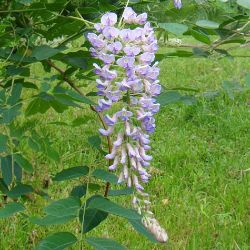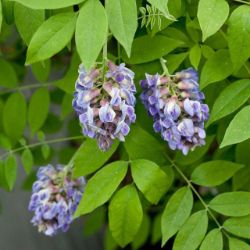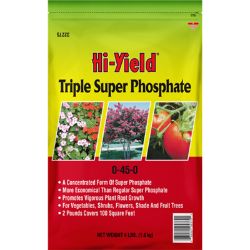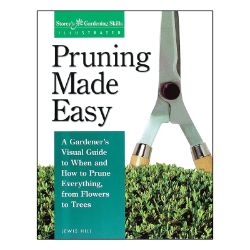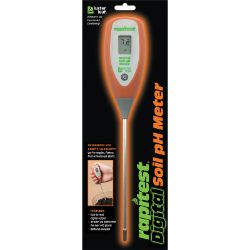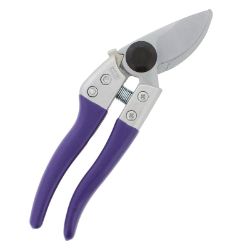Pest & Disease Control for Wisteria
Every plant has the future potential for disease and insect damage. Factors such as location and weather will play a part in which issues your plants encounters. If available, disease-resistant varieties are the best option for easy care; and for all types of plants, proper maintenance (such as watering, pruning, spraying, weeding, and cleanup) can help keep most insects and diseases at bay.
NOTE: This is part 7 in a series of 11 articles. For a complete background on how to grow wisteria, we recommend starting from the beginning.
Crown Gall
Plants appear stunted and slow growing; leaves may be reduced in size. If plant is dead, inspect roots for hard, woody ‘tumors’. Note: many things can cause stunted trees.
Natural Control
- Prune out infested part.
Other Control Options
- Consult County Extension Agent
Leaf Spot
Appears as black or brown spots on underside of leaves. Often the center falls out leaving a hole with a red halo. Leaves may turn yellow and fall.
Natural Control
- Monterey Liquid Copper Fungicide
- Monterey Fruit Tree Spray Plus
Powdery Mildew
Whitish-gray powdery mold or felt like patches on buds, young leaves and twigs. Leaves may crinkle and curl upward. New shoots are stunted. Over winters in fallen leaves.
Nataural Control
- Monterey Fruit Tree Spray Plus
Black Vine Weevil
Adults are 3/8" long, oblong-shaped, with a short snout; dull, slate gray to brownish-black color C-shaped larvae are cream colored with shiny brown heads adult weevils feed on foliage, irregular notching on the leaf margin, more serious damage is done by grubs (larval stage), which feed on the roots and may girdle the main stem often killing the plant.
Control
- Consult County Extension Agent













